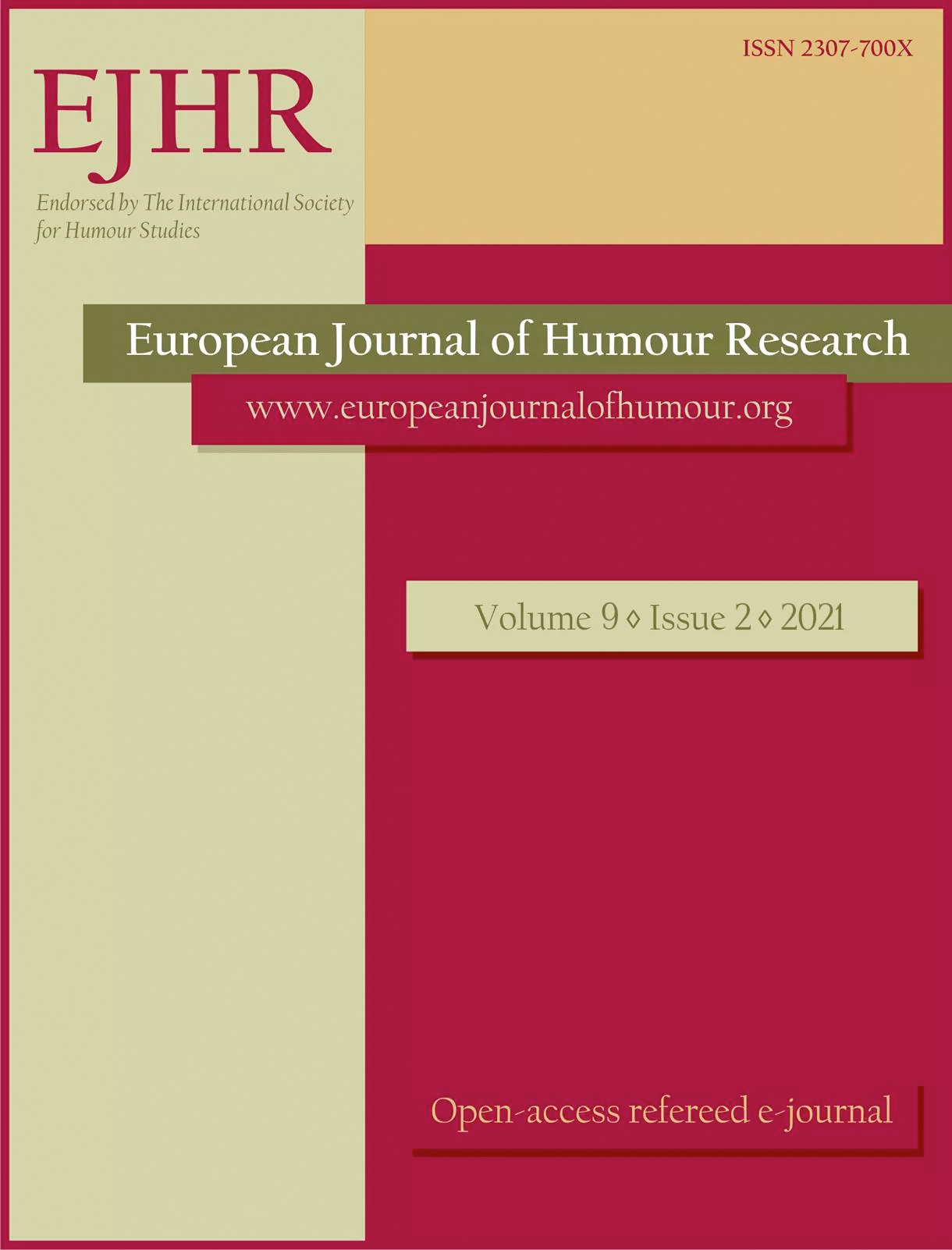Laughter, carnival, and religion in ancient Egypt
Laughter, carnival, and religion in ancient Egypt
Author(s): Andrei MurashkoSubject(s): Anthropology, Social Sciences, Language and Literature Studies, Customs / Folklore, Theoretical Linguistics, Applied Linguistics, Communication studies, Semantics, Pragmatics, Sociolinguistics, Cultural Anthropology / Ethnology
Published by: Krakowskie Towarzystwo Popularyzowania Wiedzy o Komunikacji Językowej Tertium
Keywords: culture of laughter; sacred; ancient Egypt; carnivalization;Mikhail Bakhtin;
Summary/Abstract: The article highlights the problem of interaction of the ancient Egyptian laughter culture with the category of sacred. A person is confronted with the fact that the examples in question can often be phenomena of a different order, and the use of terms such as “carnival” or even “religion,” “temple” or “priest” in relation to ancient Egypt requires an additional explanation. We find “funny” images on the walls of tombsand in the temples, where the Egyptians practiced their cult. In the Ramesside period (1292-1069 BC), a huge layer of the culture of laughter penetrated the written tradition in a way that Mikhail Bakhtin called the carnivalization of literature. Incredible events are described in stories and fairy tales in a burlesque, grotesque form, and great gods are exposed as fools. Applying the Bakhtinian paradigm to the material of the Middle and New Kingdom allows to reveal the ambivalent character of the Ancient Egyptian laughter: the Egyptians could joke on the divine and remain deeply religious.
Journal: The European Journal of Humour Research
- Issue Year: 9/2021
- Issue No: 2
- Page Range: 26-35
- Page Count: 10
- Language: English

